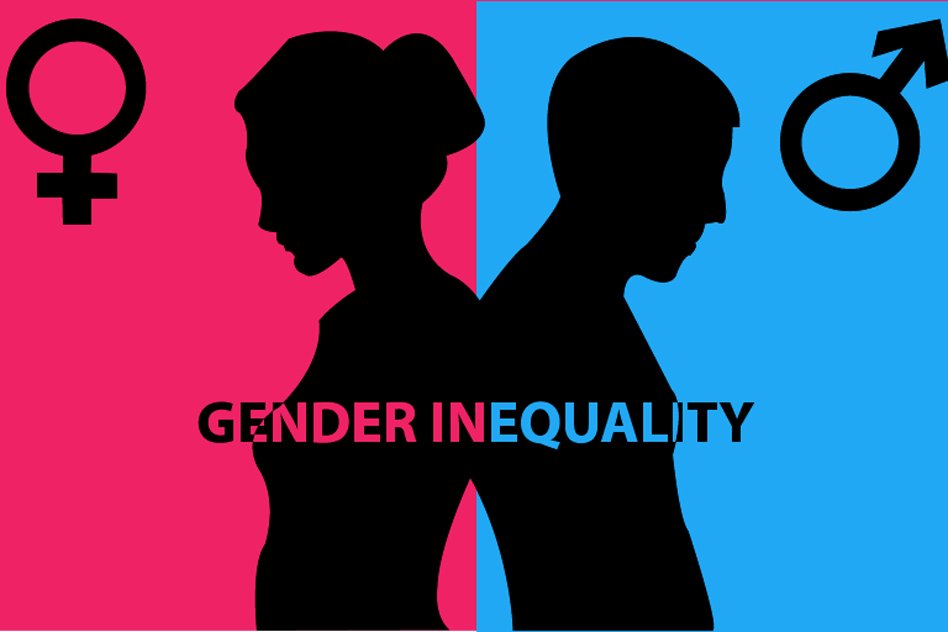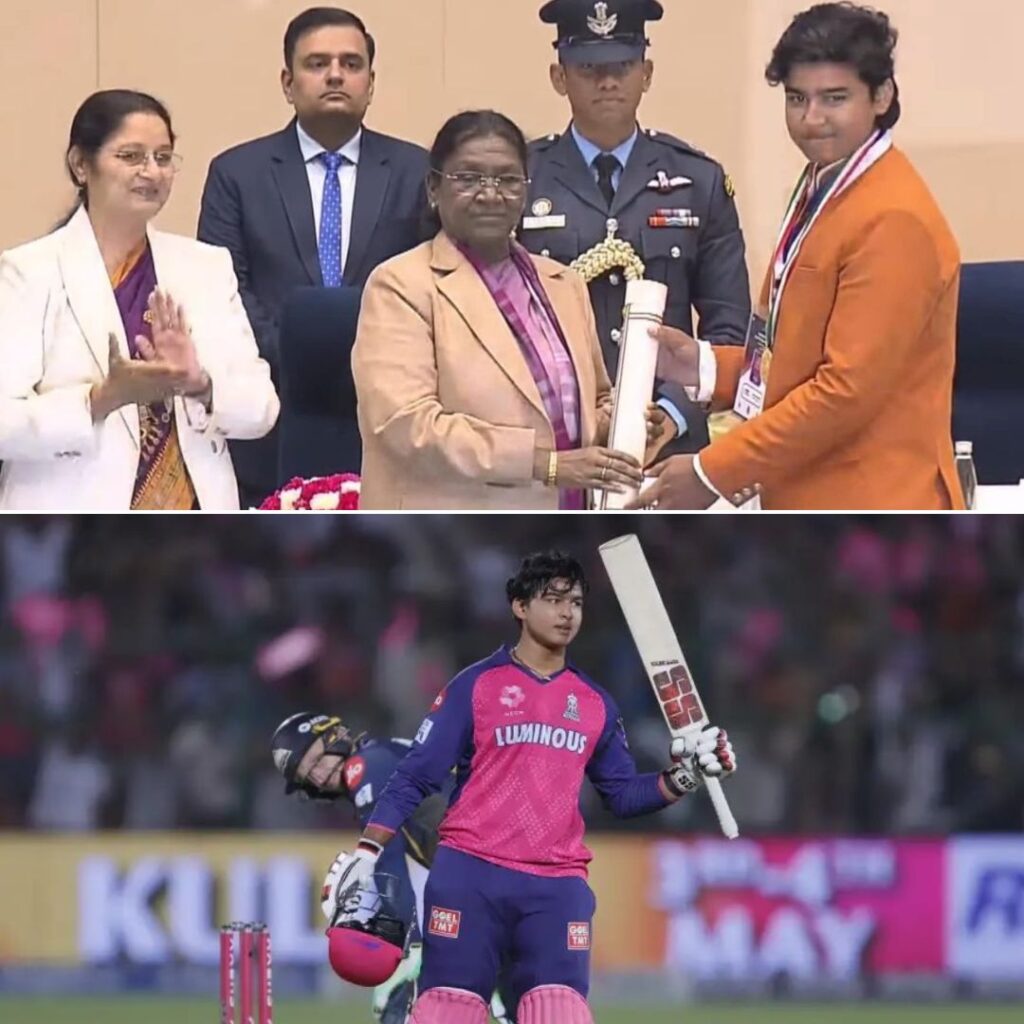Image Source: afzalkhan
The 1960s ushered in a new age of enlightenment. The cultural revolutions of that period – driven by anti-war, civil rights, counterculture, feminist and LGBT movements – endorsed an inclusive society and an egalitarian world view. Together, they ushered in a new, modern age where the rhetoric has considerably shifted from the narrow, relatively conservative views of the past to more liberal perceptions.
It can thus be said with a high level of certainty that the world today views race, gender and sexuality through a more accepting lens. There is a growing acknowledgement – even appreciation – of diversity and difference. This is mirrored in policy frameworks of 21st Century governments, economic incentives by corporations, programmes by multinational organizations like the UN etc.
The purpose of this article is to make a strong pitch for gender equality. While social equality in general accounts to good economics, gender equality is unique in that it still faces popular opposition in several places. Most people wouldn’t endorse a policy framework that reeked of racial bias but there are still legislations and policies in many countries that hinder any progress on gender equality. Such discriminatory practices are mostly prevalent in the developing world. And they almost always target women.
The links between gender equality and good economics is well-documented. It’s “good business” to have more women in the workforce, it’s beneficial to get women educated, it’s helpful when more women vote, it’s common sense to give equal pay for equal work. Nations that invest in gender equality are more likely to have healthy employment rates and poverty alleviation. Statistics clearly show that countries where the gender gap is narrow are more developed, they have higher Human Development Indexes and they boast of healthy GDP per capita. As Hillary Clinton famously said:
“Our goals for making peace, countering extremism, broadening prosperity and advancing democracy depend to a very large degree on the participation and partnership of women.”
Not only economic growth, but gender equality also contributes to social development of a society. When women are empowered, families are empowered. Healthcare, poverty alleviation and education facilities are enhanced. This is best exemplified in the developing world. In India, for example, the infant mortality rate of babies whose mothers have received primary education is half that of children whose mothers are illiterate. Also, children whose mothers have an equal voice in family decisions have been found to be more likely to receive proper nourishment, education, and health care services. Celebrated writer and critic Christopher Hitchens summarized the positive effects of gender equality thus:
“The cure for poverty has a name: it’s called the empowerment of women. If you give women some control over the rate at which they reproduce, if you take them off the animal cycle of reproduction to which nature and some doctrine—religious doctrine—condemns them, and then if you’ll throw in a handful of seeds perhaps and some credit, the floor of everything in that village, not just poverty, but education, health, and optimism will increase. It doesn’t matter; try it in Bangladesh, try it in Bolivia; it works—works all the time.”
In spite of the overwhelming evidence in favour of gender equality, progress has been either limited or even regressive. In the past 30 years, women’s labour force participation has decreased from 57% to 55%. The wage gap is prevalent in most developed countries in varying degrees and the most common jobs for employed women remain unpaid, domestic, household chores while the percentage of women in corporate or legislative professions remains woefully low. Women worldwide rarely own land: in Sub-Saharan Africa women own 1% of the land. Lack of land rights means women are frequently the ones left dispossessed and uncompensated. When women do own land, their holdings are smaller than their male counterparts – between 20% and 35% on average worldwide. According to the World Bank only 5 countries in the world have managed to reach an agreeable level of gender parity – Colombia, Fiji, Jamaica, Lesotho, and the Philippines.
The United Nations Population Fund has the following to say about gender inequality:
“Gender inequality holds back growth of individuals, development of countries, and the evolution of societies, to the disadvantage of men and women.”
Notice how the UN says that gender inequality hurts men and women. In many countries of the developed world, there is a growing trend of men’s rights activists who argue that gender equality laws have worked at a disadvantage for men. This is an entirely different debate, and one that holds little sway in the developing world – which houses the bulk of the global population. Several times the global debate on gender equality is hijacked by militant feminists and men’s rights activists, resulting in conflicts of interests and public ignorance of the issue. This needs to stop. Gender equality in the developed world is radically different from that in the developing world. For example, while the West is engaged in heated debate on the wage gap, the developing world is struggling with labour participation by women that’s below 30% and parliamentary participation that’s below 10%.
In the end, it is also a game of numbers. It defies moral ethics, common sense and economic intuition if half of the population is subjugated and discriminated against. Women are still the majority of the world’s poor, uneducated, violated, exploited and underfed. While women face discrimination because of race and religion too, the most widespread bias is based on gender. The reasons for misogyny are varied and culture-dependent, but they are almost always because of a historically patriarchal society, unfair laws, religious beliefs and preference of sons over daughters.
Gender equality is the biggest issue of our time, and we are faced with a historic opportunity to right several historic wrongs and to finally balance the scales. We must remember that gender equality is more than a feminist issue – it’s an economic issue, a moral issue, a human issue, the most pressing social issue of our time.











